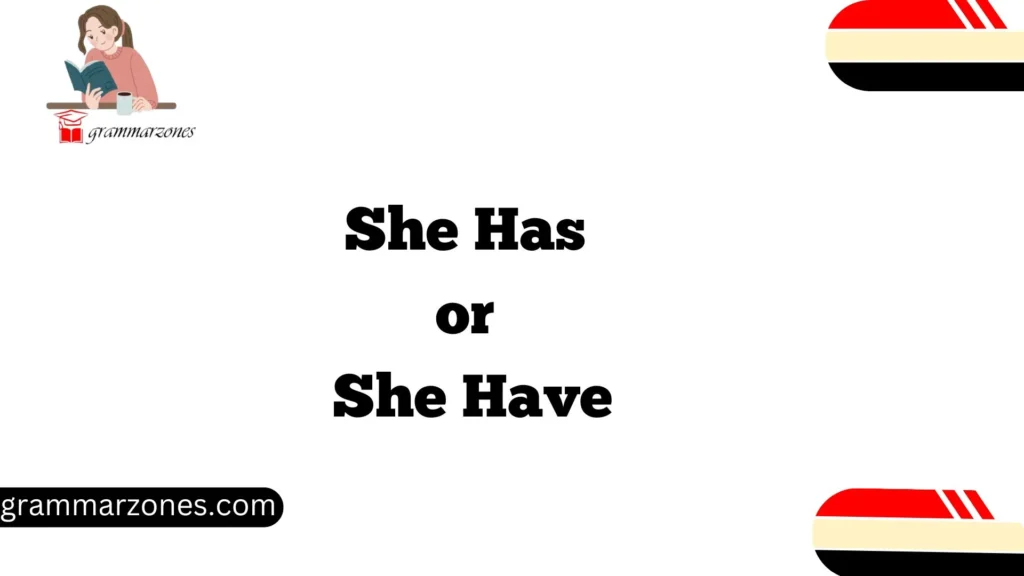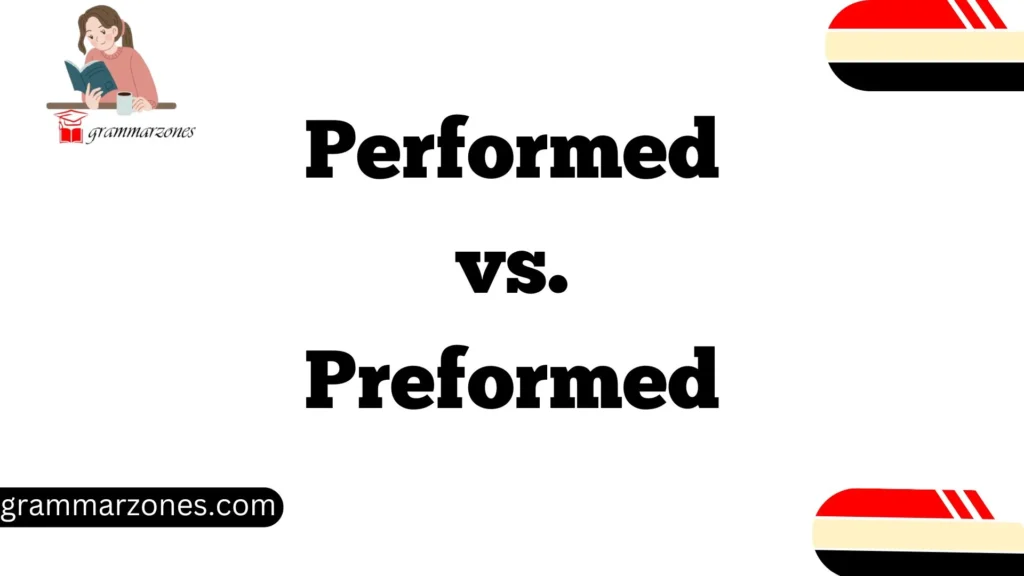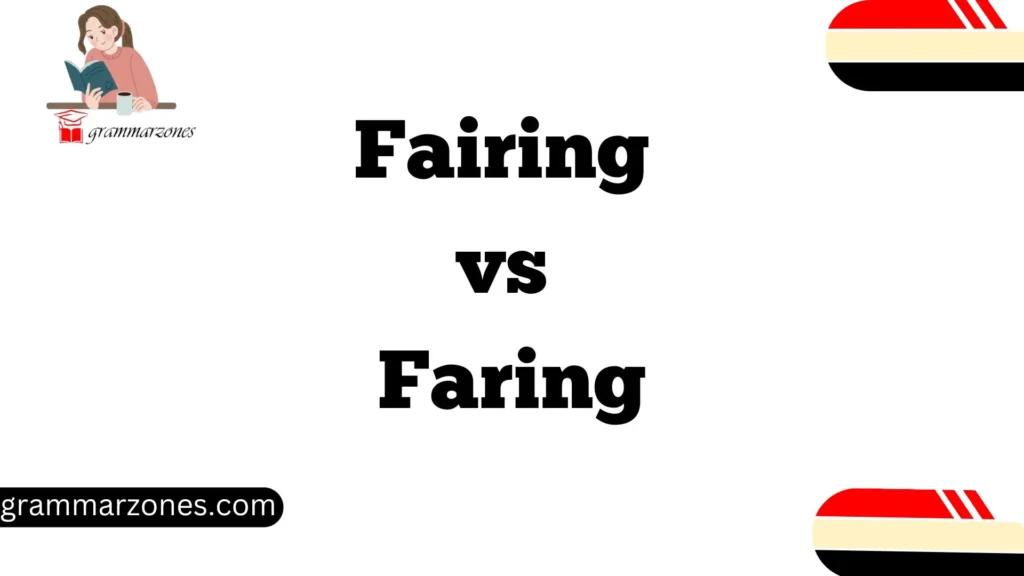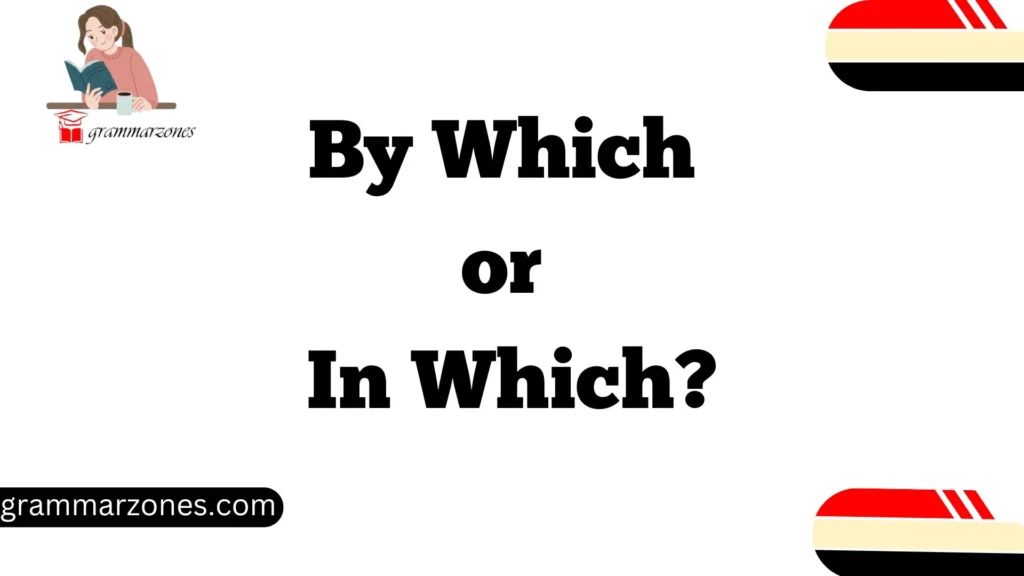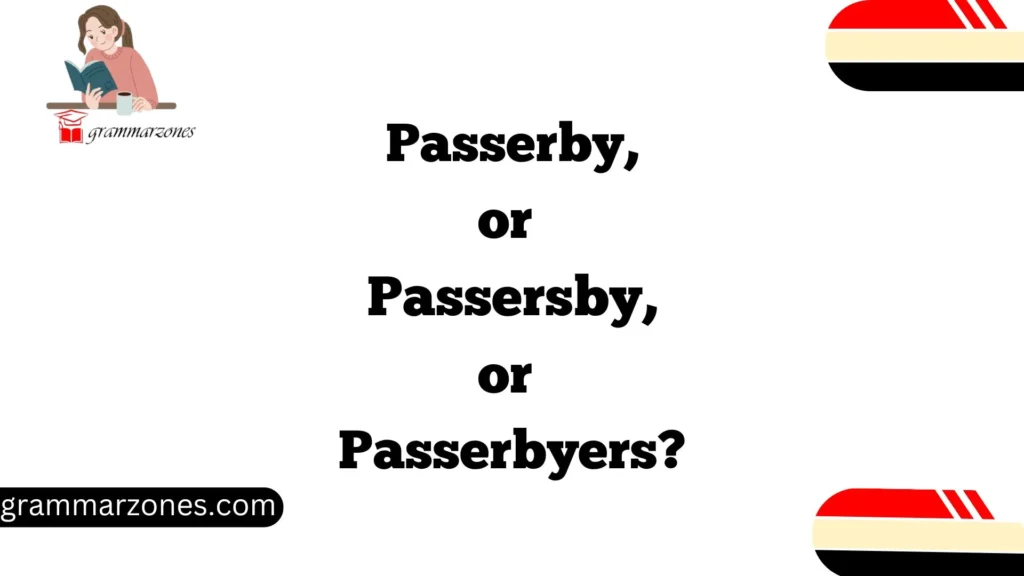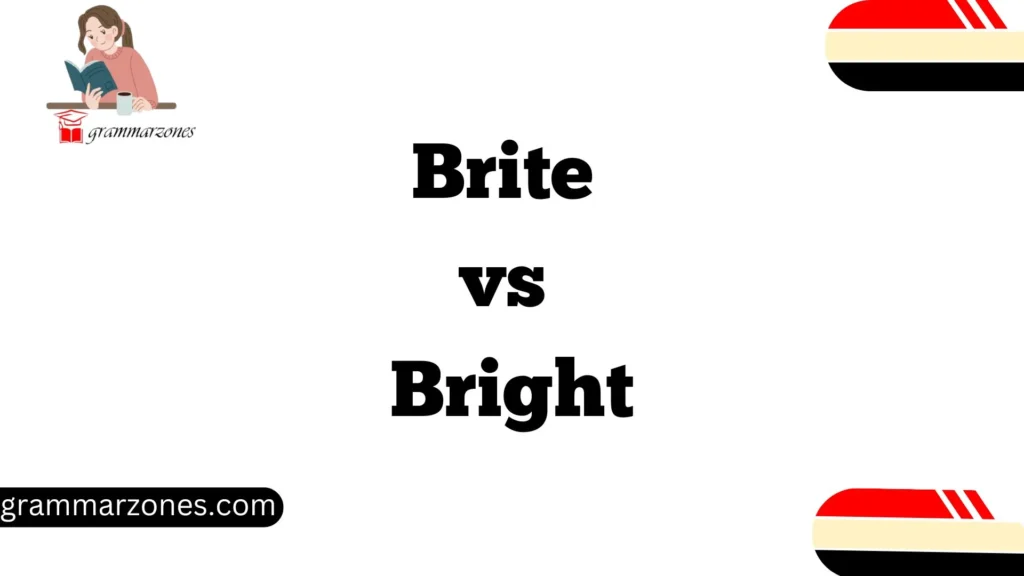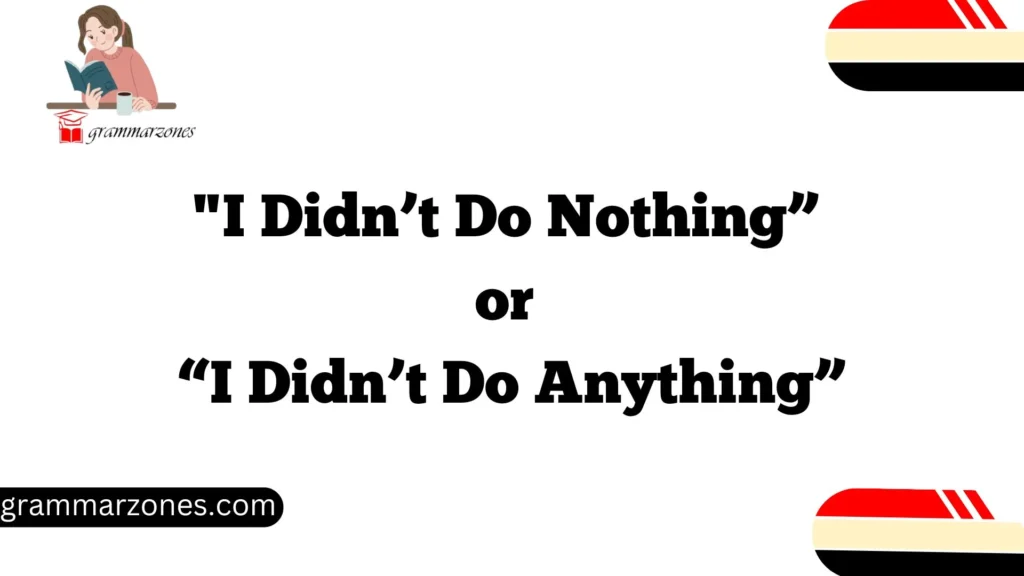When learning English, one of the most common struggles is figuring out when to use “has” and “have.” Whether you’re a beginner or an advanced learner, understanding the rules behind these two small but important verbs can greatly improve your communication skills. If you’ve ever been unsure about whether to say “she has” or “she have,” this guide will walk you through everything you need to know.
Understanding the Basics: “Has” vs. “Have”
At first glance, “has” and “have” seem quite similar, and they often get confused. But the key difference between them is how they are used based on the subject of the sentence.
- Has is used with third-person singular subjects (he, she, it, or any singular noun).
- Have is used with first-person singular (I), second-person singular (you), and plural subjects (we, they, or any plural noun).
Here’s a simple rule to follow:
- She has → She has a car.
- I have → I have a meeting.
- They have → They have a dog.
Key Takeaway: The subject determines whether you use “has” or “have.” If your subject is singular (third person), use “has.” If it’s plural or the first/second person, use “have.”
The Role of Subject-Verb Agreement
In English grammar, subject-verb agreement is the rule that the subject and the verb must agree in number and person. So, if you have a singular subject, the verb should be singular as well. Similarly, for plural subjects, the verb must be plural.
For example:
- She (singular) has the keys.
- They (plural) have the keys.
In the above examples, “has” agrees with “she” (singular) and “have” agrees with “they” (plural).
Why is Subject-Verb Agreement Important?
Correct subject-verb agreement makes your writing and speaking sound more natural and professional. If you mix up “has” and “have,” it can make your English sound awkward or incorrect. By mastering subject-verb agreement, you ensure your language flows properly and is easily understood.
The Third-Person Singular Conundrum
One of the most common mistakes learners make is mixing up “has” and “have” when referring to third-person singular subjects (she, he, it). In English, third-person singular subjects always take the verb has, not have.
For example:
- Correct: She has a beautiful house.
- Incorrect: She have a beautiful house.
Let’s clarify with a few examples:
| Subject | Correct Verb Form | Incorrect Verb Form |
| He | has | have |
| She | has | have |
| It | has | have |
| John | has | have |
If the subject is singular (one person, one thing), you always need to use “has.”
When to Use “Has” in a Sentence
The verb “has” is used for third-person singular subjects and is usually found in sentences referring to the present tense. It indicates possession, characteristics, or experiences.
Examples:
- She has a new job.
- It has been raining all day.
- He has a lot of homework to do.
“Has” is also used in the present perfect tense, which shows an action that has happened at some point in the past but is still relevant or continues in the present.
- She has visited that country.
- He has already finished his lunch.
Exploring Examples with Third-Person Pronouns
Now that we’ve covered the basics, let’s explore more examples where “has” is used with third-person pronouns.
Pronouns and “Has”:
- She has a busy schedule.
- He has just arrived.
- It has been a long day.
When using she, he, or it, you always use “has” to maintain subject-verb agreement.
These pronouns are singular, so “has” is the correct verb form. This rule holds for both simple sentences and more complex ones.
Tip: Whenever you’re talking about a singular subject (he, she, or it), you know it will take “has.”
Common Usage of “Have” Across Subjects
Unlike “has,” have is used with first-person (I), second-person (you), and plural subjects (we, they).
Examples:
- I have two siblings.
- You have a great sense of humor.
- They have completed their assignments.
Additionally, “have” is used with we and they:
- We have a meeting later today.
- They have been to the concert before.
As you can see, “have” is used much more frequently than “has” because it applies to first-person, second-person, and plural subjects.
Situations Calling for “Has” or “Have”
Let’s dive into specific situations where choosing between “has” or “have” can be tricky.
Collective Nouns and Teams
In some cases, collective nouns (e.g., team, family, group) can confuse learners. While these nouns represent multiple people, they can be treated as singular or plural depending on the context.
- When the focus is on the group as a whole (singular), use “has.”
- The team has won the championship.
- When the focus is on individual members of the group (plural), use “have.”
- The team members have each won a medal.
| Collective Noun | Singular (Focus on Group) | Plural (Focus on Individuals) |
| The team | has | have |
| The family | has | have |
| The group | has | have |
Tip: Think about whether you’re talking about the group as one unit or the individual members. That will guide whether you use “has” or “have.”
Addressing Names and Proper Nouns
When dealing with proper nouns (like people’s names or company names), the same rules apply. Singular names (e.g., John, Mary, The company) take “has,” while plural names (e.g., John and Mary, The companies) take “have.”
Examples:
- John has a car.
- The company has launched a new product.
- John and Mary have decided to travel together.
| Name/Proper Noun | Singular (Use “Has”) | Plural (Use “Have”) |
| John | has | have |
| The company | has | have |
| John and Mary | have | have |
Navigating Through Perfect Tenses with “Has” and “Have”
Both “has” and “have” are essential when using perfect tenses, which are used to describe actions that are completed but still relevant.
Present Perfect:
- She has lived here for five years.
- They have finished the project.
The present perfect tense combines the present tense of “have” or “has” with the past participle of the main verb.
Past Perfect:
- She had already left when I arrived.
- They had done their homework before the test.
The past perfect uses “had” with past participles, but it’s helpful to know when “has” or “have” is used in the present perfect.
“She Should Have” vs. “She Should Has”
You might have come across phrases like “she should has” and wondered whether it’s correct. Here’s the simple rule: after modal verbs like “should,” we use “have”—never “has.”
Correct:
- She should have gone to the store.
- He should have spoken up.
Incorrect:
- She should has gone to the store.
This rule applies to all modal verbs, such as could, would, and might. So, whenever you’re using a modal verb, remember that “have” follows.
Understanding Modal Verbs in English
Modal verbs are auxiliary verbs that express necessity, possibility, permission, or ability. These include verbs like can, could, should, would, might, and must. After these verbs, we always use “have” in perfect tenses.
Example:
- He should have studied harder.
- They could have made a better decision.
Since modal verbs are already showing tense, there’s no need to change the verb “have” to “has.”
Getting It Right Every Time: Tips and Tricks
To summarize, here are some quick tips to remember when deciding between “has” and “have”:
- Use “has” for singular third-person subjects (she, he, it).
- Use “have” for first-person (I), second-person (you), and plural subjects (we, they).
- With modal verbs, always use “have” after them.
- Be mindful of collective nouns: use “has” when thinking of the group as a unit, and “have” when focusing on individuals.
Practice:
- Make your own sentences using “has” and “have.”
- Check subject-verb agreement in your daily conversations or writing.
Conclusion: Mastering “Has” vs. “Have”
Understanding when to use “has” and “have” is essential for clear, effective communication in English. By keeping track of the subject-verb agreement rules, paying attention to pronouns, and practicing regularly, you can master the proper usage of these verbs. Keep the tips and examples in mind, and soon you’ll use “has” and “have” without a second thought.
FAQs About “She Has” or “She Have”
1. Is it correct to say “She has” or “She have”?
“She has” is correct. “Has” is used with third-person singular subjects like he, she, and it.
2. Why is “She have” incorrect?
“Have” is used with I, you, we, and they. Since she is a third-person singular pronoun, it requires has.
3. When should I use “have” instead of “has”?
Use have with first-person (I), second-person (you), and plural subjects (we, they). Example: I have a question.
4. Why do we say “She should have” and not “She should has”?
Modal verbs like should, could, and would are always followed by have, not has. Example: She should have gone home.
5. Can “has” and “have” be used in the past tense?
No. Has and have are present tense. The past tense form is had for all subjects. Example: She had a dog.

Grace Marie is the passionate mind behind GrammarZones.com, dedicated to helping writers, students, and professionals master the art of grammar and effective communication. With years of experience in language studies and a deep love for writing, Grace simplifies complex grammar rules, making learning engaging and accessible.
